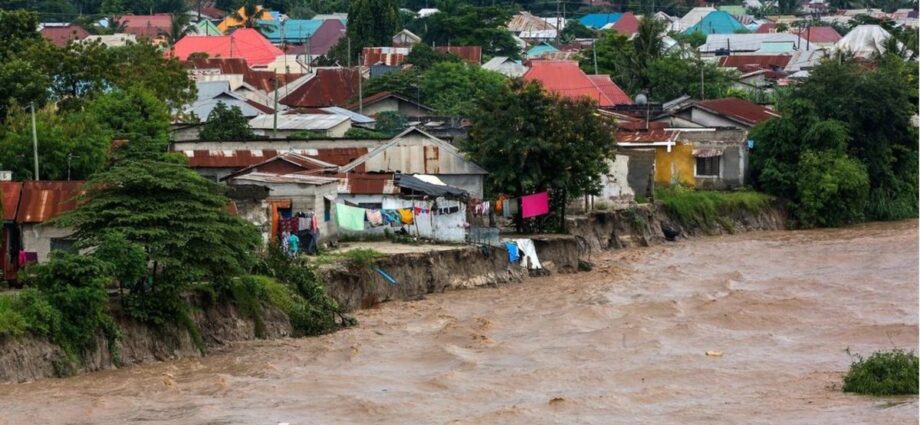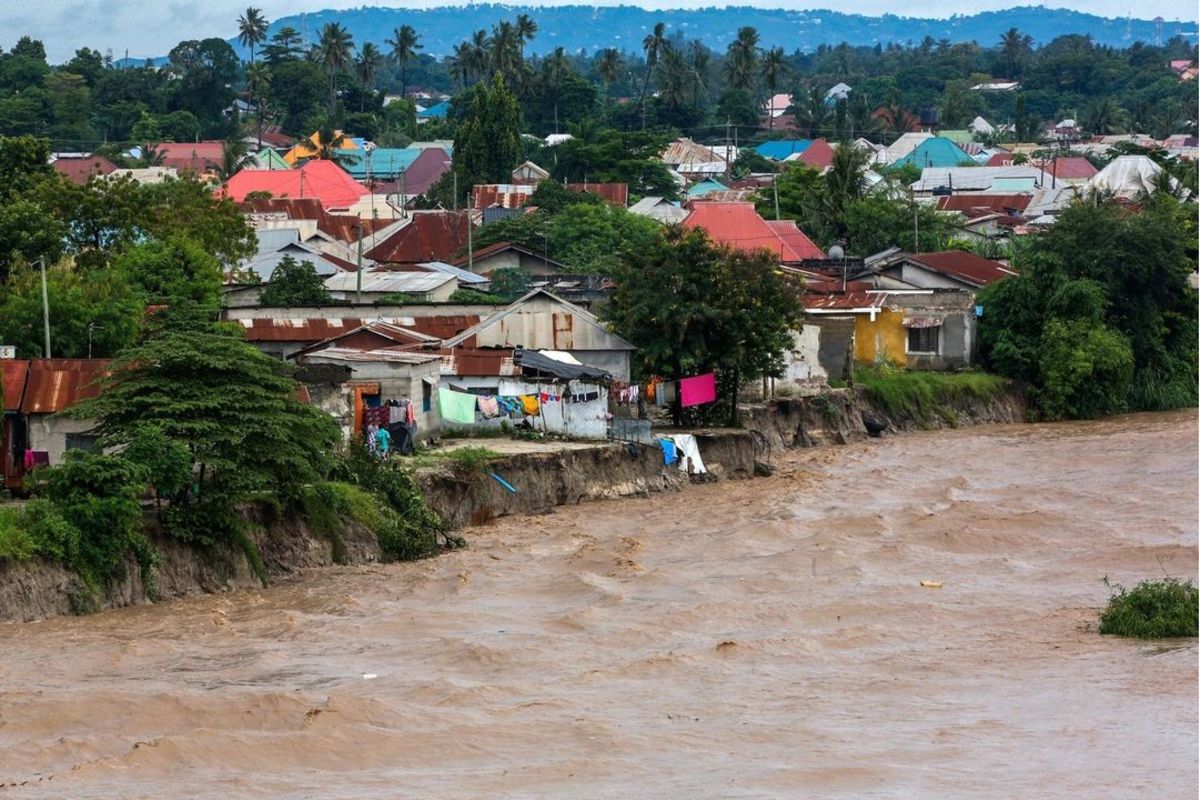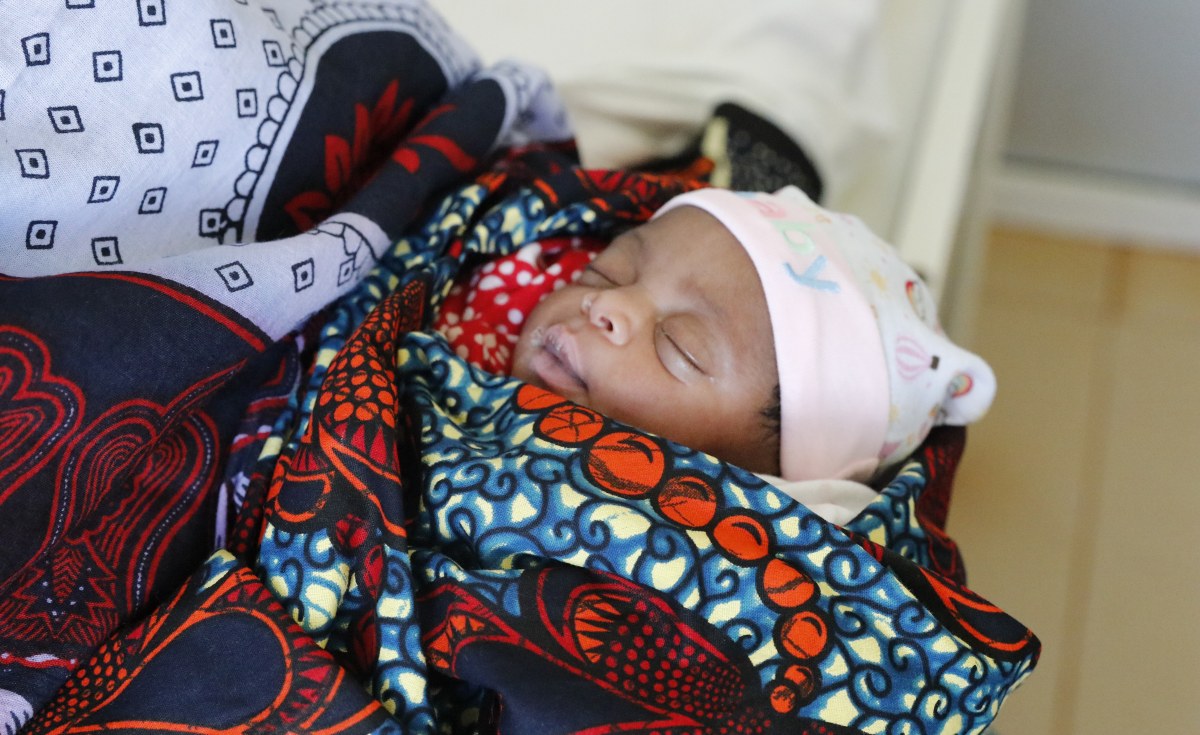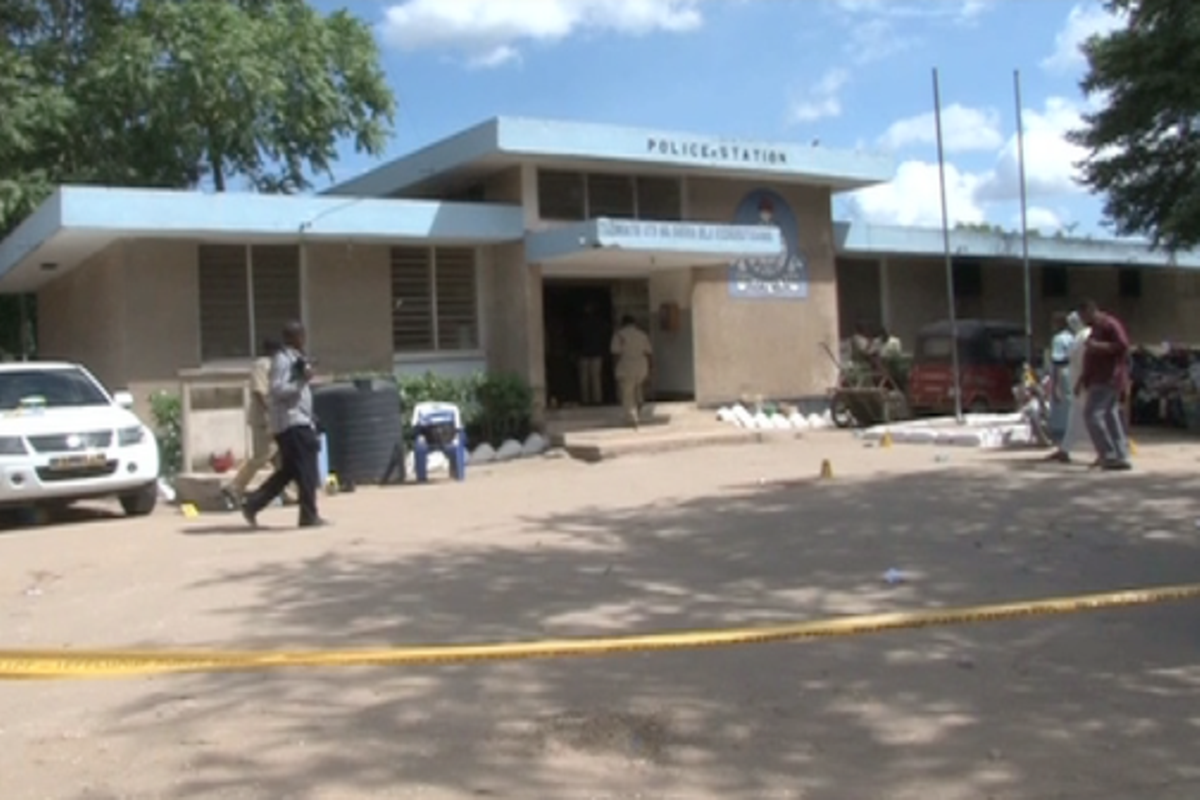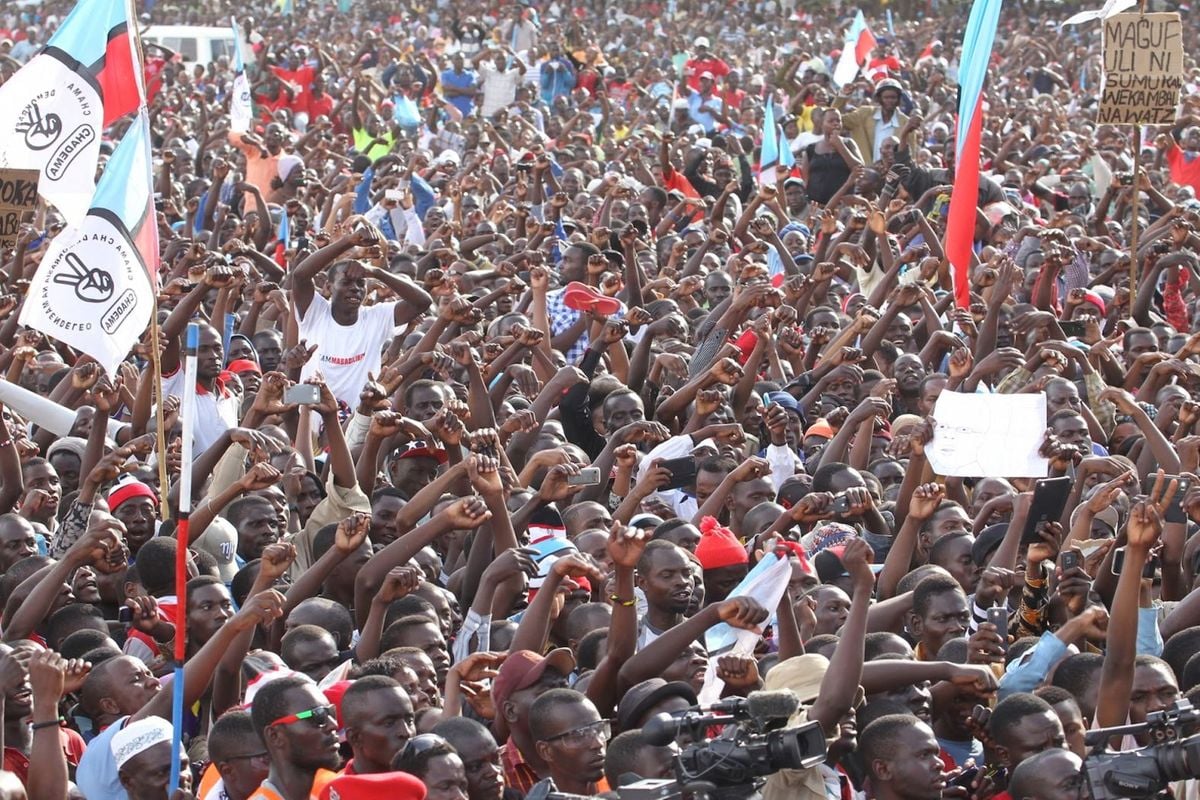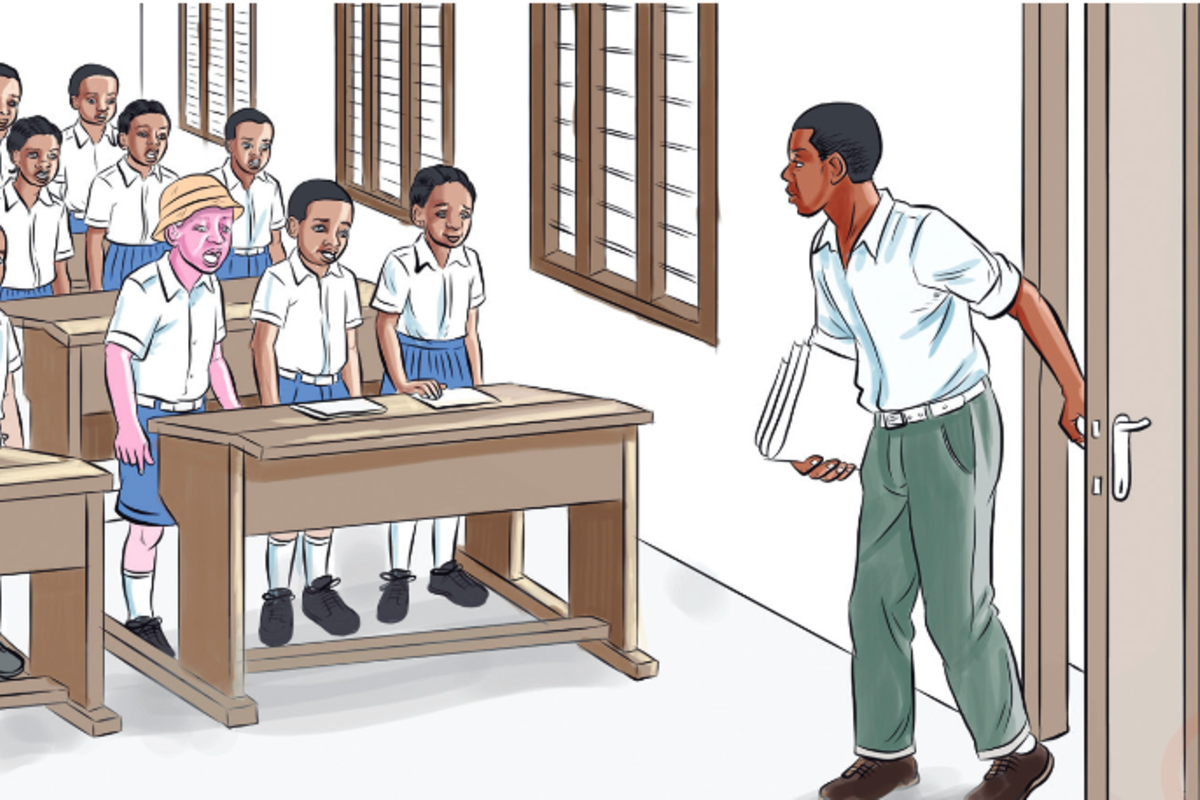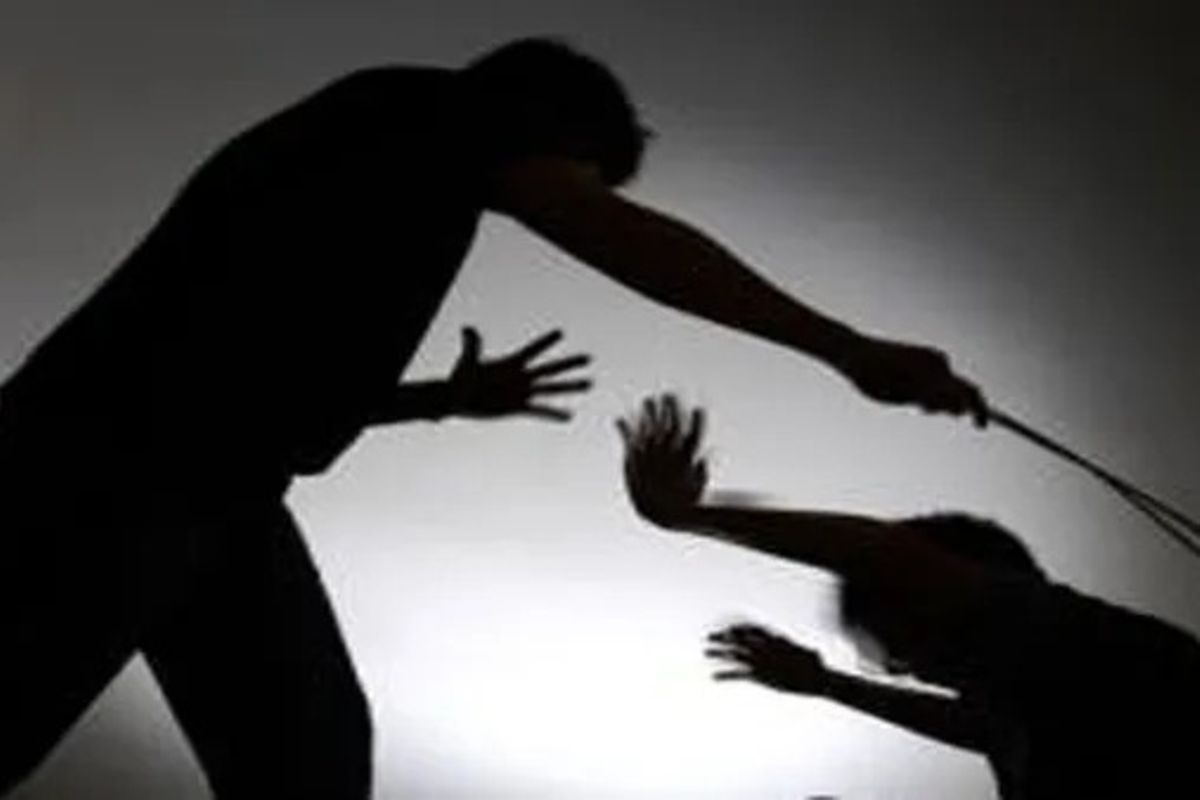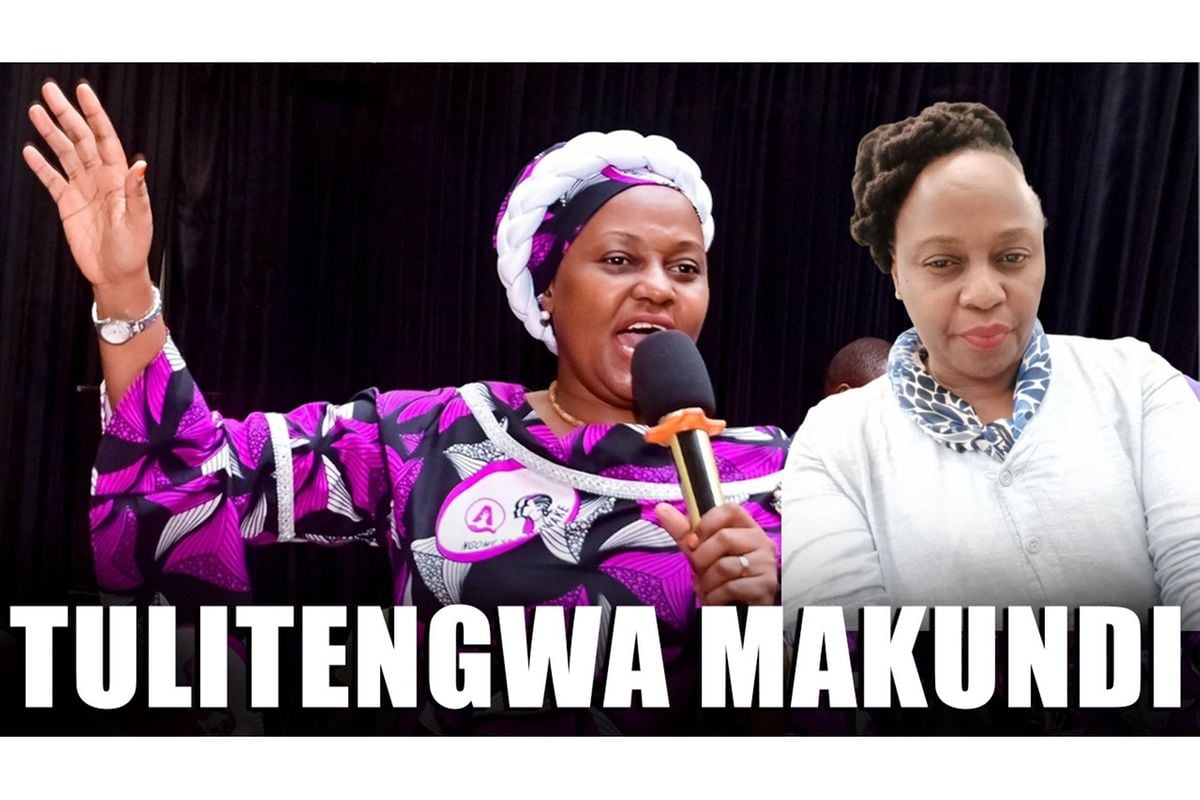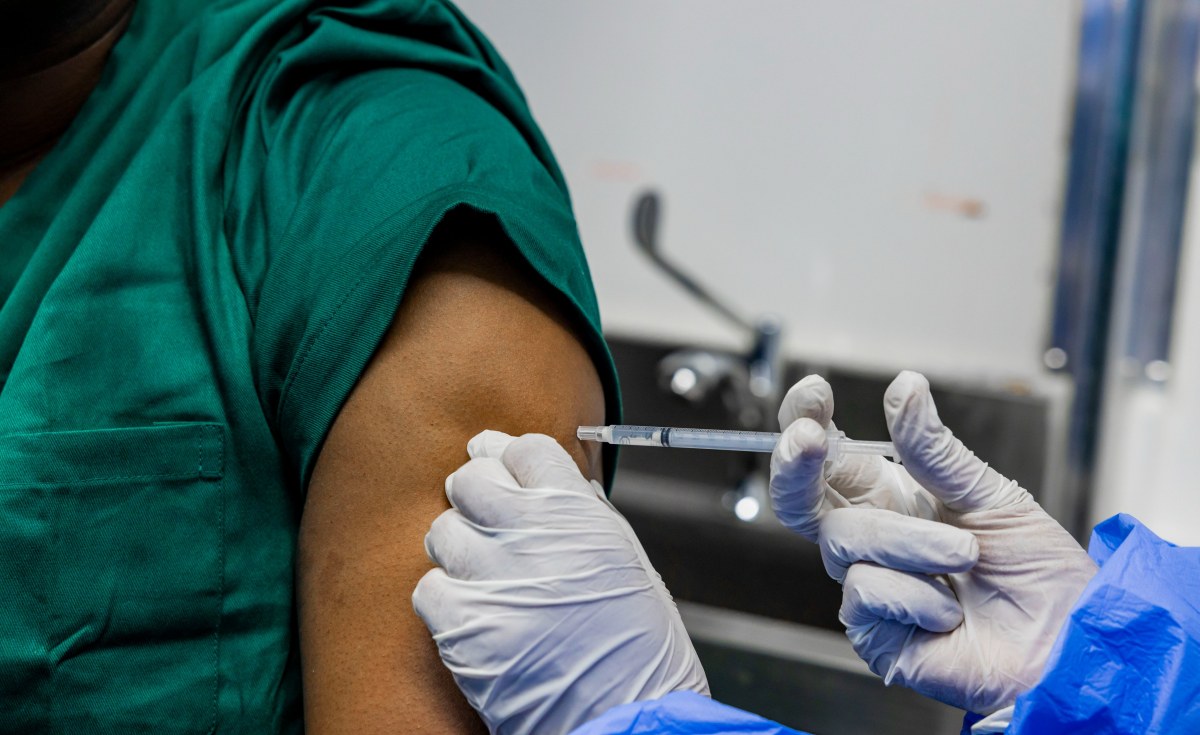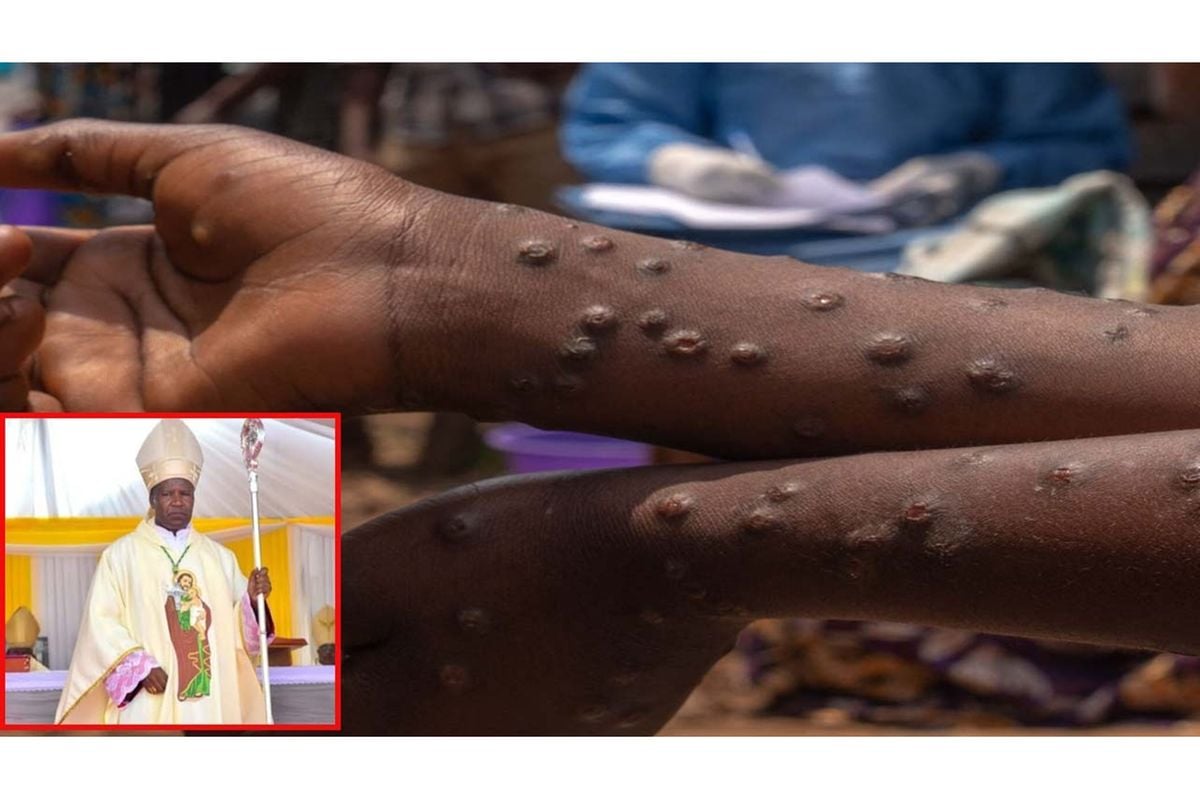After weeks of heavy rainfall and flooding, East Africa has just had horror disaster days as rivers overflowed and dams burst. Hundreds were swept away to their deaths and thousands displaced as waters submerged homes, closed roads and damaged crops and a range of other infrastructure.
In Kenya and Tanzania, the death toll is around 200 in each of the countries, and Kenya had to cancel the reopening of schools at the last minute. It has been easily the heaviest pounding by El Nino rains handed to the country in over 25 years with the Kenya Meteorological Department (KMD) warning that the worst might still yet come. As at the start of the week, almost 200,000 people had been displaced.
The reporting in both local and international media, and the admittedly wonderful and breathless coverage on social media, would suggest that the floods are the worst ever disaster to these countries. Not exactly—yet.
In the drought in Kenya last year, which wasn’t its worst by any measure, there were reports of at least 173 deaths and 550,000 people displaced while more than four million needed emergency food aid. More than 2.6 million cattle deaths were attributed to it. By contrast, so far, about 5,000 livestock have been lost.
The drought, which lasted almost a year, starting from 2022 into late 2023 and had a devastating effect on the wider Horn of Africa, probably didn’t receive as much coverage in mainstream and domainstream media in that one year as the El Nino carnage has so far had in a fortnight.
Drought destruction
One of the reasons is that the images are simply more dramatic, and we aren’t as used to seeing them as we are to those of drought destruction. Bony exhausted people lying under tree shades, with the skeletons of their dead cows and goats strewn nearby during droughts, have nothing on high-speed waters toppling cars, leaving canyons where once highways stood, landmark storeyed buildings underwater with only their rooftops visible, scenes of boats carrying people to leafy suburbs and muscular men hoisting curvy African women across flooded streets.
However, more fundamentally, people are getting the sense that something has changed. We might be reaching a threshold, where rains and floods are deadlier than droughts. With that, all the familiar references we used to make sense of and explain the ravages of droughts are flying out of the window.
Droughts displaced people in much the same way as wars do. Some die in the homesteads as the rest pack up their belongings and head to a camp run by the United Nations or big humanitarian organisation like Doctors Without Borders, ActionAid, or the International Committee of the Red Cross—all in their khaki or labelled jackets and hats—where they will be sheltered in tents, fed and given medical care. The weaker ones will die along the way, left to decay on the roadside or, again, gathered up and buried by a humanitarian agency or volunteers.
The old familiar patterns of power in society, and their accompanying props, are reproduced in these crises. It’s no accident that some of the most common items people flee with on their heads or bicycles are mattresses and cooking pans.
These are the most practical and essential items in camps, yes, but as the patriarchs and matriarchs are the ones who will use the mattress, and the authority to determine who gets to eat and how much derives from who cooks and owns the pot, these also function as a means to maintain a pecking order and authority.
Floods are barbarian and disrupt all this. They leave us with mattresses or pans to carry, and the patriarch’s bicycle can’t serve as a boat. While droughts and wars eventually collect people at some point, floods scatter them. The familiar crisis queue of the man leading his family, followed by his wife, one child strapped to her back and the younger ones walking beside her, isn’t possible on the water.
Swamped by water
The cows don’t get to die in nearby fields or along the road. They are swept away to the next district, and even possibly across the border into the next country. The local church, school or administration grounds which functioned as the first shelters are not available, swamped by water.
We also don’t have organisations, civil or state, that know how to manage this El Nino crisis yet—apart from the Kenya Red Cross, which is learning fast. Politicians can’t rock up in big four-wheel-drive Toyotas or land in helicopters to tell tall tales to the displaced people that help is on the way.
But, most of all, the good old tradition of big men and women flagging off food caravans headed for the drought-stricken (remember, politicians even flagged off motorcycles carrying Covid-19 vaccines in 2021) might not happen this time. They need to figure out new tricks.
Signalling changed times, famine porn has given way to El Nino/flood porn. But also, we have a lot of flood memes. That gives hope. We are more likely to find creative solutions to our watery crisis when we start with the lightheartedness of memes.
Mr Onyango-Obbo is a journalist, writer and curator of the “Wall of Great Africans”. @cobbo3

